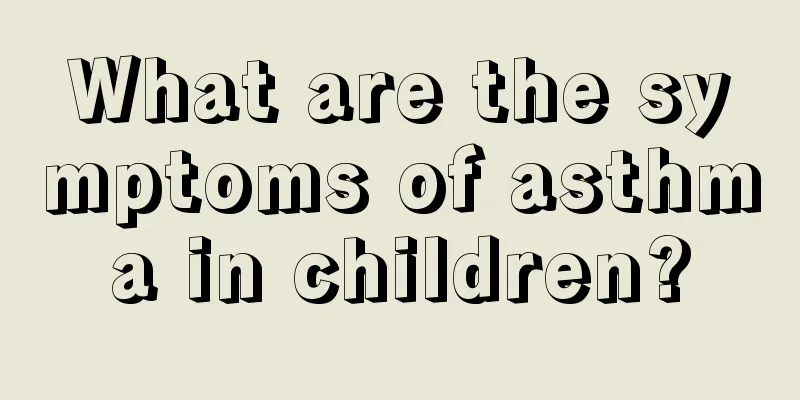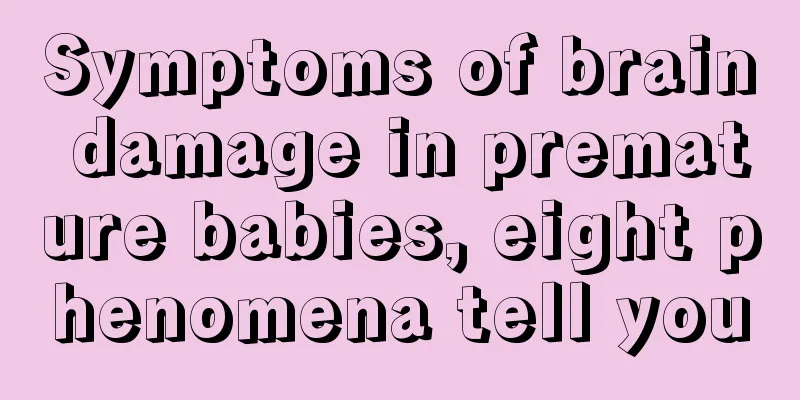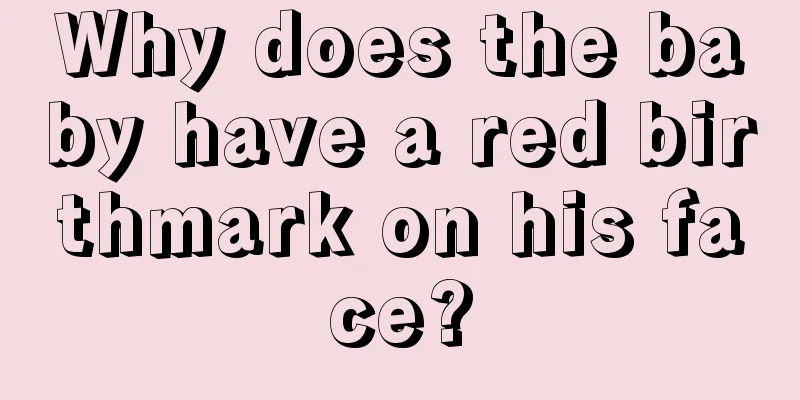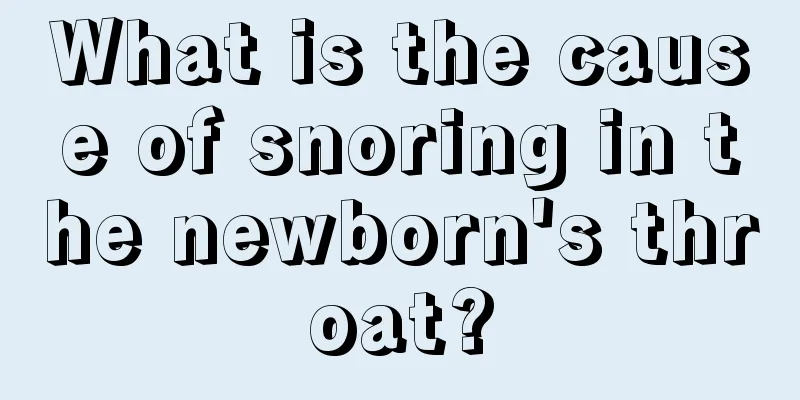What are the symptoms of asthma in children?

|
When childhood asthma occurs or has an acute attack, there will often be an upper respiratory tract infection for about one to two days. This is somewhat different from the symptoms of general bronchitis, which develops more rapidly. Minor asthma is generally prone to occur at night or when the climate changes significantly. This is often related to the body's reduced nocturnal secretions. So what are the symptoms of childhood asthma? Symptoms during an attack The children are restless and have breathing difficulties, especially difficulty in exhaling. They often cannot lie flat and shrug their shoulders and bend their backs when sitting, and have difficulty breathing like sitting upright. Sometimes the wheezing sound can be transmitted to the outside of the body. The child may appear pale, have flaring nostrils, cyanotic lips and nails, or even sweat profusely. His or her fearful and uneasy expression often indicates a critical condition and should be treated actively. At the beginning of the disease, there is only a dry cough, which then develops into wheezing symptoms. As the bronchial spasm eases, thick white sputum is discharged and breathing gradually becomes normal. Some children may have severe coughing that may cause upper abdominal muscle pain. During inspiration, there may be three concave signs, such as chest retraction, which may be accompanied by or without febrile chest signs. During exhalation, due to increased intrathoracic pressure, bulges appear in the suprasternal concavity and intercostal space, and the jugular veins are significantly distended. Percussion of both lungs produces tympanic sounds, and the boundary of the dullness shifting below the diaphragm is reduced, indicating that emphysema has occurred (but in children, this sign of emphysema often disappears on its own when the condition improves, so it is called the lung inflation sign). At this time, the breath sounds weakened, and wheezes and dry rales can be heard throughout the lungs. In severe cases, especially status asthmaticus, almost no breath sounds can be inhaled into both lungs, and the right heart load increases due to pulmonary artery spasm, and severe hypoxemia leads to heart failure. The clinical manifestations also vary with the allergens that cause asthma attacks. For those caused by upper respiratory tract infections, dry and moist rales are often heard in the chest, accompanied by fever and an increase in the total white blood cell count. If the allergen is inhaled, the patient will first experience itchy nose, clear runny nose, sneezing and dry cough, and then shortness of breath. People who are highly sensitive to food generally do not have a fever. In addition to asthma symptoms, they often have symptoms such as edema of the lips and face, vomiting, abdominal pain, diarrhea and urticaria, which usually appear a few minutes after eating. If the food sensitivity is less, the symptoms will occur more slowly, and there is often only mild asthma or difficulty breathing. Related recommendations: How to care for children with asthma in daily life Symptoms during interictal periods Although there is no dyspnea like normal children, they may still feel chest discomfort. Because the pathological factors that cause bronchial susceptibility still exist, asthma attacks can be triggered immediately when infected or exposed to external allergens, but the symptoms of most children can disappear completely, and no wheezing can be heard in the lungs. The sputum of children with bronchial asthma is generally colorless, viscous and transparent, sometimes foamy, and may turn yellow when accompanied by bacterial infection. A large number of eosinophils can be found in the sputum, and sometimes Chancot-Lyden crystals can be seen, which are low-molecular-weight polypeptides. Most children have thick sputum that is difficult to cough up and a small amount of sputum. Especially when the symptoms are relieved, the breathing difficulty is significantly improved after coughing up a large amount of thick and foamy sputum. However, in infants and preschool children, most of the sputum is swallowed. Asthma itself is a chronic disease that often occurs in children. It can be controlled with medication or other methods. Sometimes, even if there is no acute attack, there may be some infection after activities, so it still needs to be taken seriously. |
<<: What should I do if my baby has folliculitis on his arm?
>>: What are the symptoms of neurasthenia in children?
Recommend
Does the child have worms in the anus? What are the symptoms of worms?
Now many parents will find that their babies ofte...
What to do if your newborn baby eats too quickly
In our lives, there are many mothers with very ab...
Precautions for newborn air-conditioned room
Newborns are very afraid of cold when they are ju...
What is the disease when the baby has a fever and convulsions?
Before I became a parent, I didn’t know how to ra...
What should I do if my newborn has white spots on his face?
Many parents report that their newborns have whit...
Causes of blisters on baby's face
In this season of spring, people always feel that...
Causes of inverted nipples in girls
Nipples are an important symbol of women, and fir...
What should I do if my child has a sore throat and a fever?
If children are not taken care of properly, they ...
What can children eat to reduce internal heat?
Whether adults or children, they are prone to the...
What causes shortness of breath in newborns?
The arrival of a newborn is a godsend for you par...
How to relieve the baby's poop for two days
Parents are very concerned about their children&#...
What should I do if my child coughs and has yellow phlegm and yellow nasal discharge?
When your child has a cough and has yellow phlegm...
How much milk does a 2-year-old baby need in a day
As the baby continues to grow, the amount of milk...
How to train children's balance ability
Many young children now have very poor balance ab...
3 year old baby has swollen belly
A three-year-old baby can already eat normally at...









